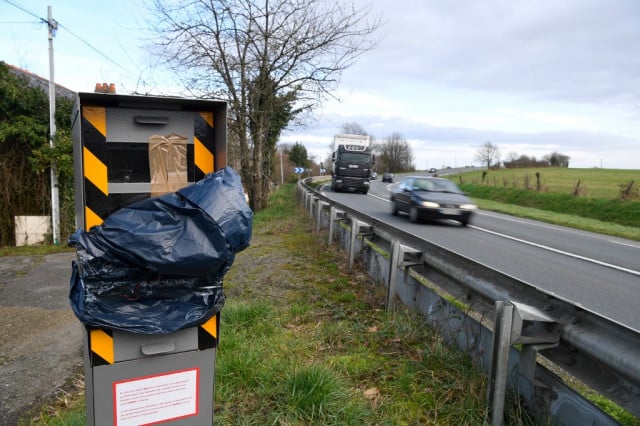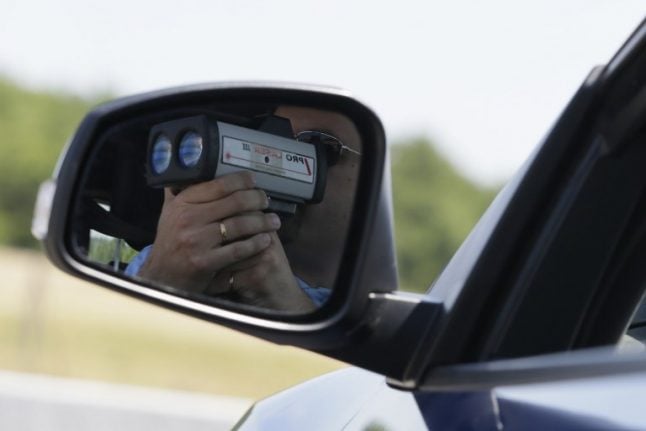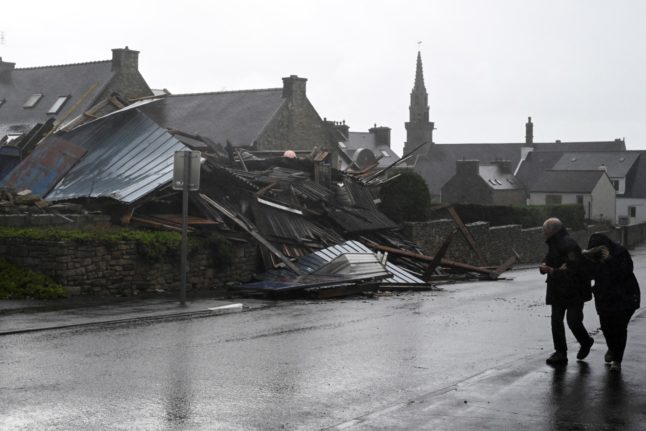The first cars manned by private firms – rather than the French state – were put on the roads in Normandy in April 2018 for a pilot scheme.
Now the French government says that the scheme was a success and three other regions – Brittany, Pay de la Loire and Centre Val-de-Loire – will see the cars rolled out from January 2020.
READ ALSO
- Is your département planing on scrapping the 80 km/h speed limit?
- What is behind the steep rise in road deaths in France?

Fixed cameras have become major targets for vandals. Photo: AFP
A total of 60 cars – 19 in Brittany, 20 in Pays de la Loire and 21 in Centre-Val de Loire – will run six hours a day, seven days a week.
They will be unmarked and drivers will have no way of knowing when they have been caught by the speed camera.
The French government's website stated: “Radar cars will operate on routes and time slots set by the State services according to local accident criteria.
“They will have equipment capable of reading speed limit signs allowing the radar to operate independently, without any intervention from the vehicle driver.
“For speed measurements of moving vehicles, higher tolerance limits will be used.”
If a driver is caught speeding, the speeding ticket will be processed by the centre national de traitement (CNT) based at Rennes, in exactly the same way as fines issued by police or fixed speed cameras.



 Please whitelist us to continue reading.
Please whitelist us to continue reading.
Member comments